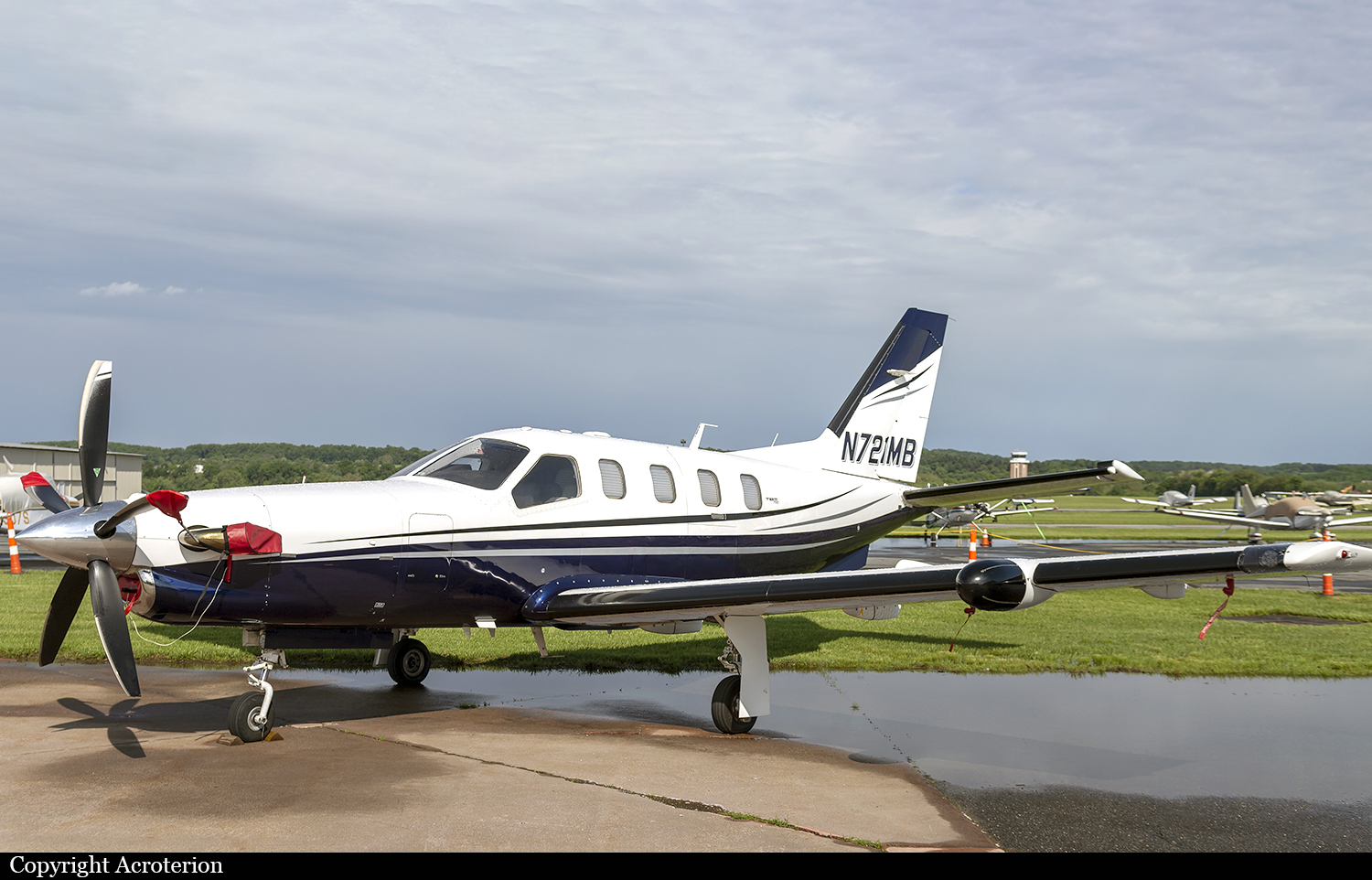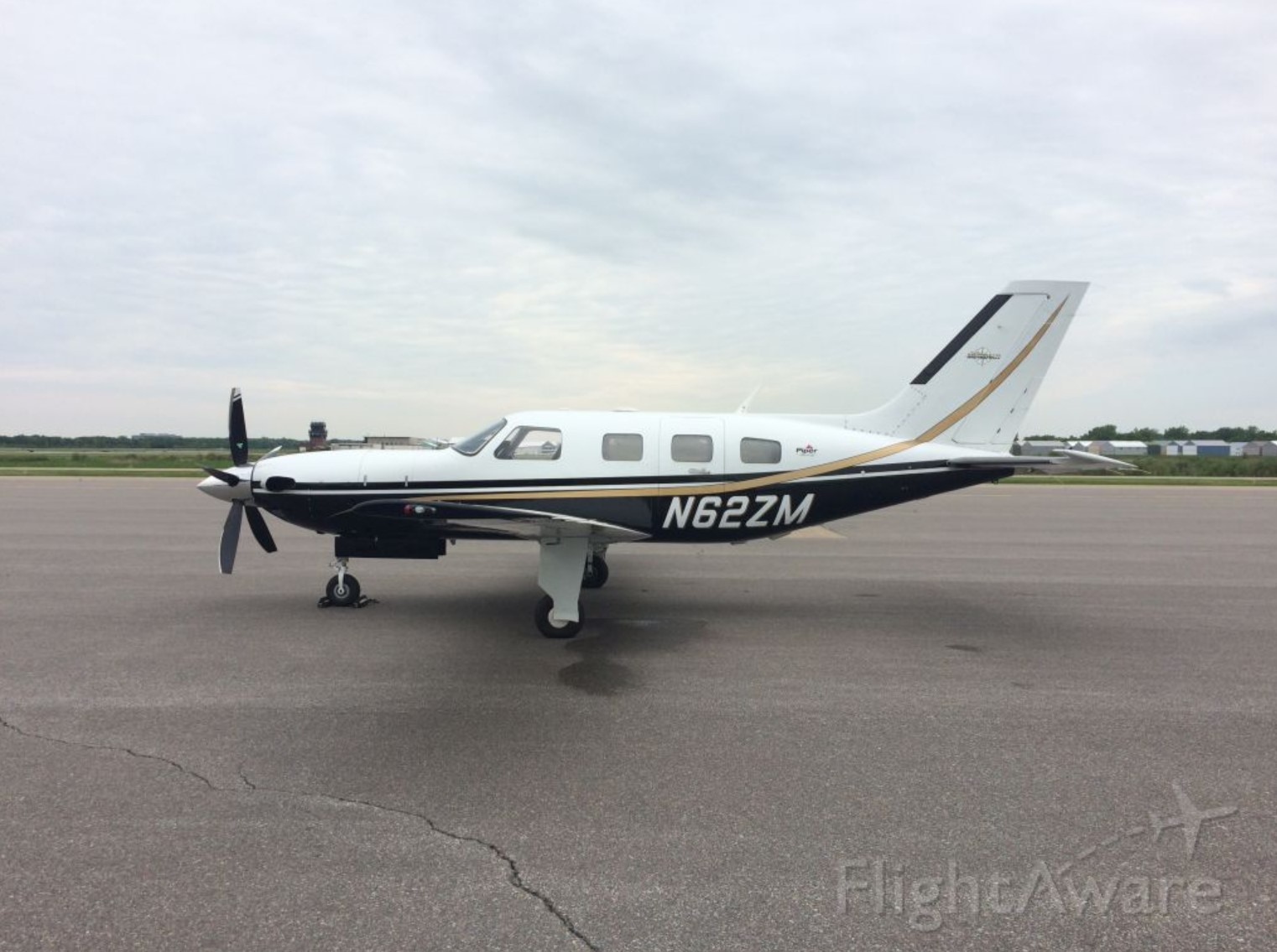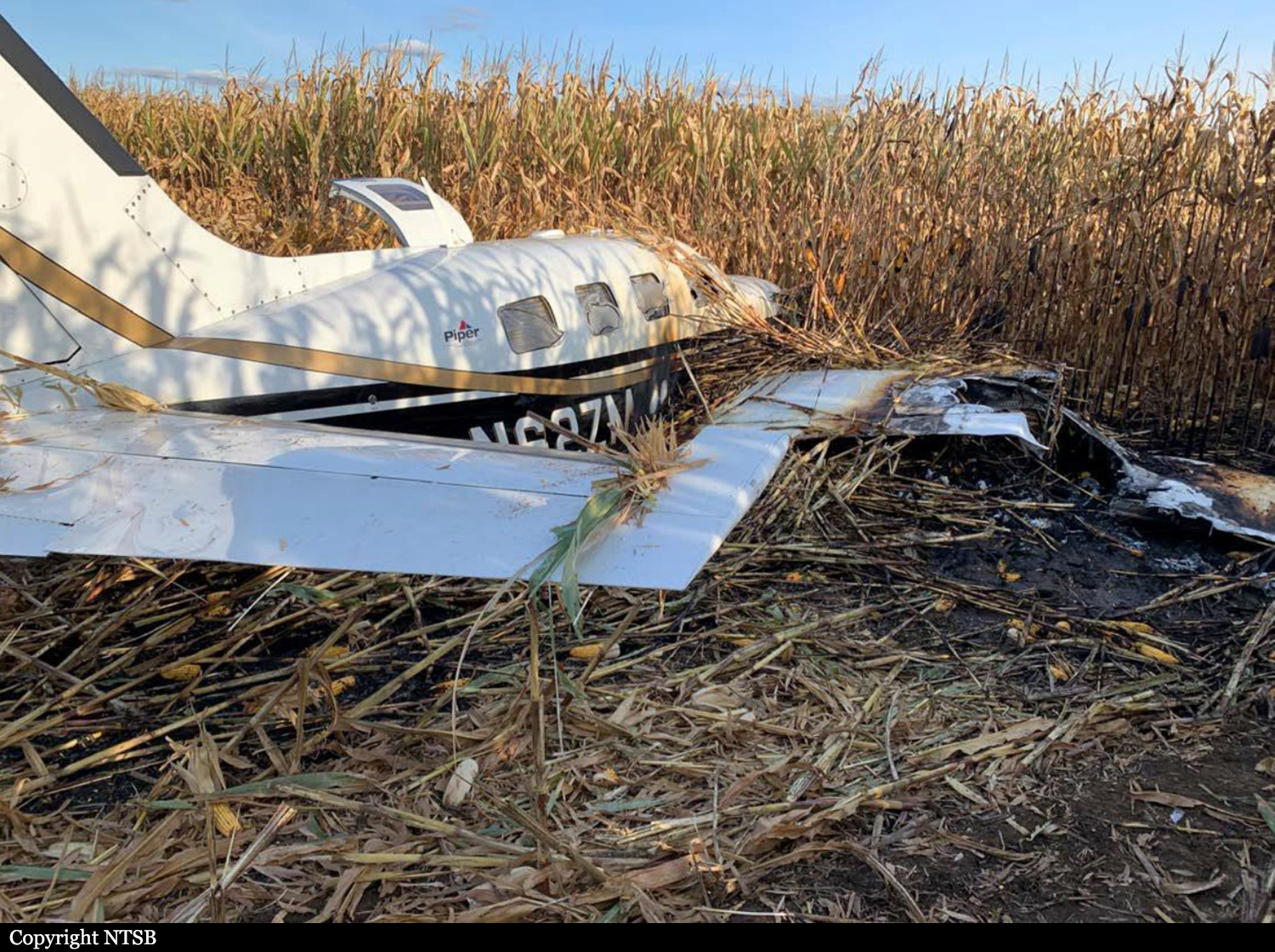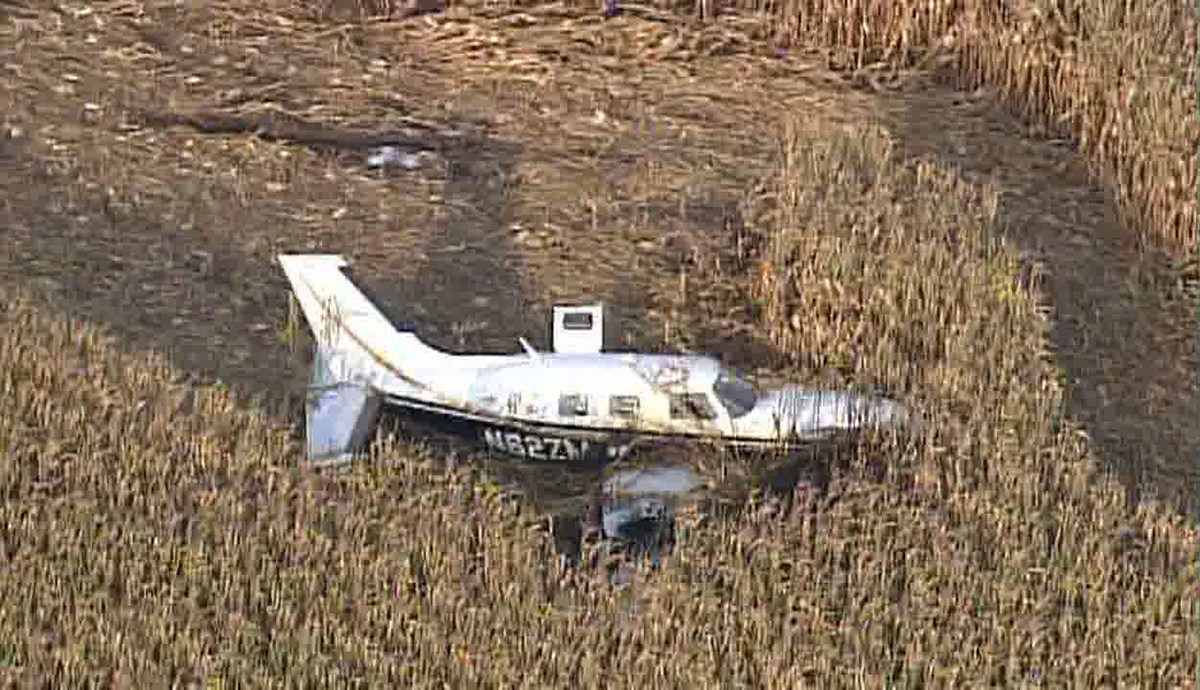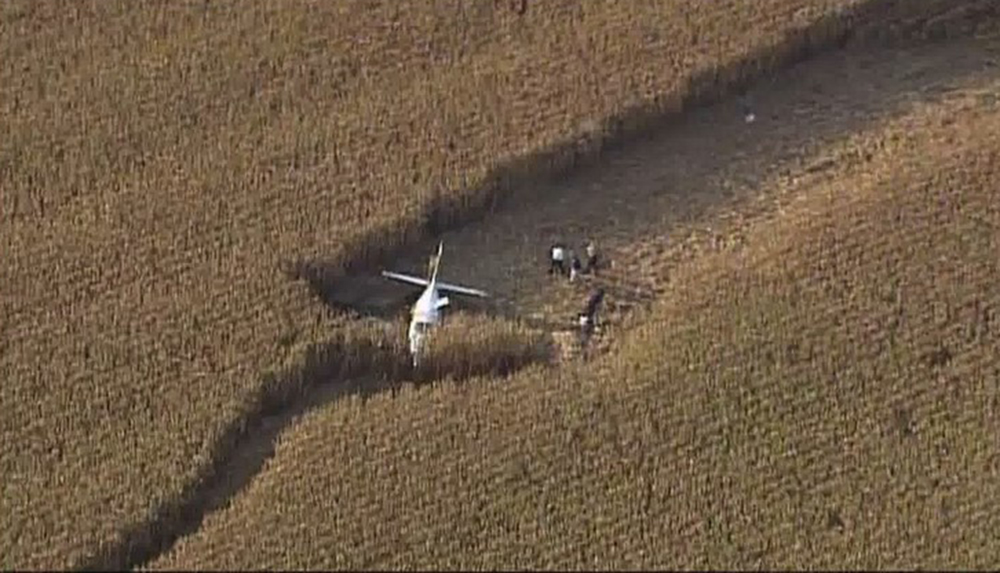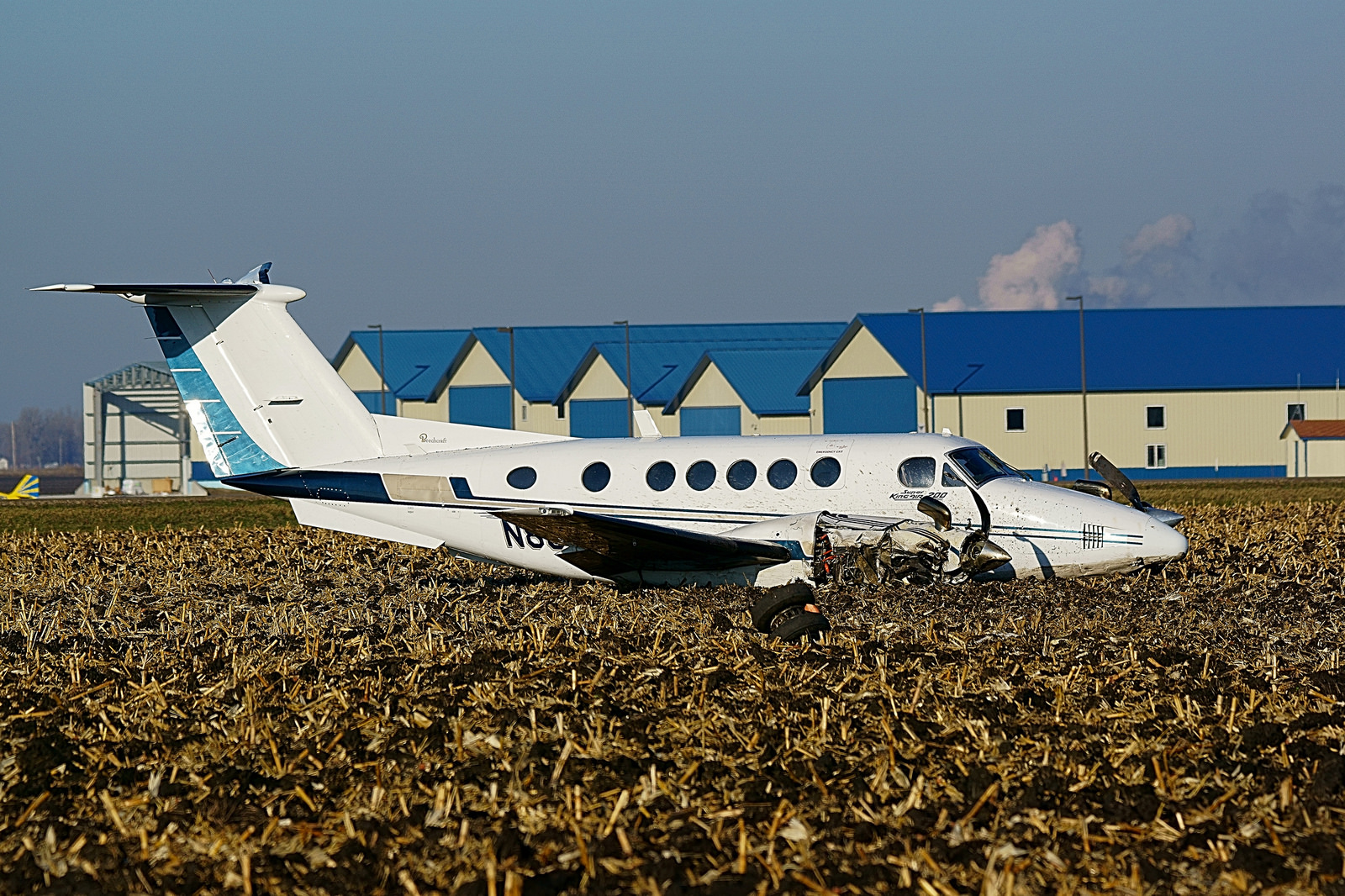Crash of a Socata TBM-700 in Brooklyn Park: 1 killed
Date & Time:
Mar 29, 2025 at 1222 LT
Registration:
N721MB
Survivors:
No
Schedule:
Des Moines - Anoka County
MSN:
91
YOM:
1993
Crew on board:
1
Crew fatalities:
Pax on board:
0
Pax fatalities:
Other fatalities:
Total fatalities:
1
Circumstances:
On approach to Anoka County-Blaine Airport Runway 09, the single engine airplane entered a sharp turn to the left then descended to the ground in a near vertical attitude before crashing onto a house located in the north part of Brooklyn Park, some 9 km short of runway, bursting into flames. The airplane and the house were destroyed by a post crash fire and the pilot, sole on board was killed. There were no casualties on the ground.
